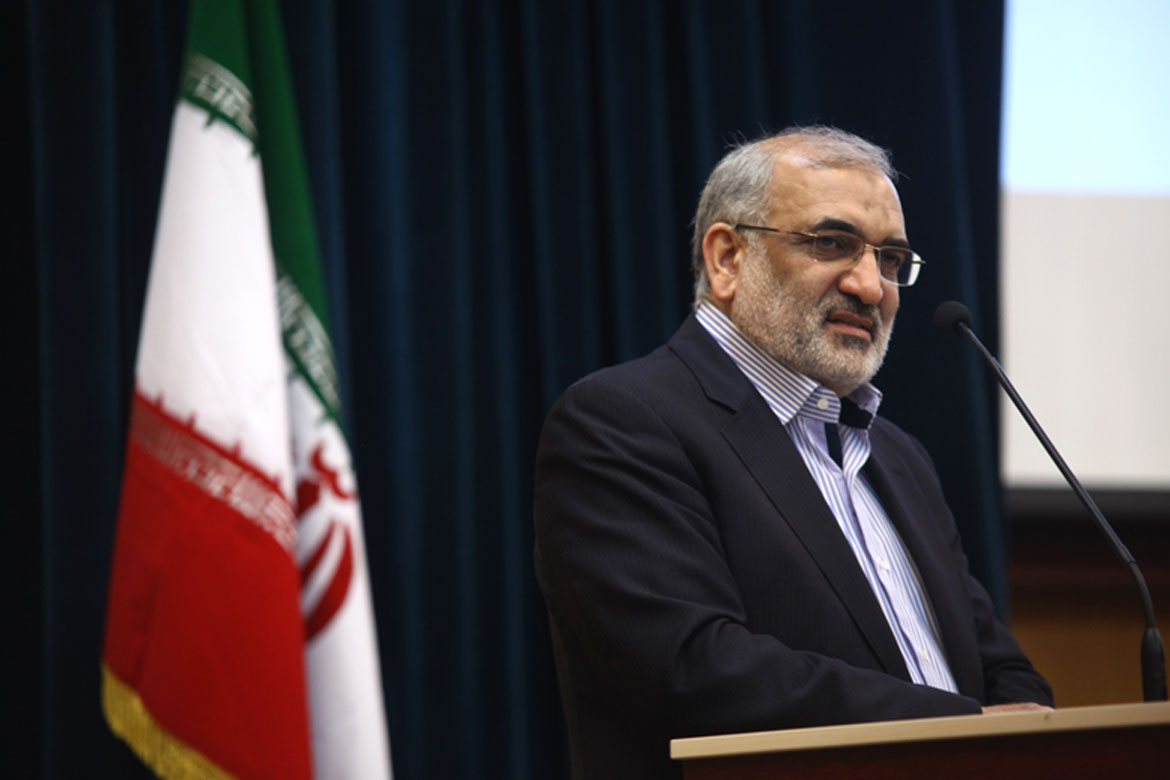Change in deposit rates should be in tandem with change in customers’ attitudes, a private banker said in Tehran on Friday.
Discussing the Central Bank of Iran’s recent interest rate cut, the CEO of Bank Day, Ahmad Shafizadeh said, “Businesses and depositors should also restrain their desire for higher interest rates because a boom in business means lower deposit rates.”
If the inflation rate continues on its downward slope in the coming months, another interest rate cut would become likely, he told ISNA. “While the country is bracing for a tightening of monetary and fiscal policies, higher deposit rates would stoke demand and disrupt market balance.”
In April the CBI’s Money and Credit Council decided to lower deposit rates from 22 to 20%, as inflation fell to 15% from about 40% a year earlier.
In recent months there has been a growing controversy over financial institutions and banks offering higher deposit rates than those set by the regulator with some offering rates in the region of 22%, and in some cases up to a whopping 28% for long-term deposits.
Problematic Institutions
On the seemingly unending dilemma of unauthorized credit institutions, he blamed it on “layers of authorities” in charge of issuing permits for their establishment in past, which he said had led to the mushrooming growth of such lending institutions and irregularities in the money market.
The unruly money and financing institutions have been a major source of disorder in the economy in that they control 20 % of the liquidity, according to CBI data. After multiple ultimatums and closure of the infamous uncertified company Mizan, these powerful companies are gradually coming to realize that they have no choice but to get in line and register with the regulator.
“However, the CBI as the only regulator in the money market since 2007, has been rather successful in managing the informal money market,” the private banker claimed.
Challenges
Shafizadeh is of the opinion that banks’ contracts are in accordance with Islamic banking tenets. However, he notes that “there are challenges” when it comes to implementing usury-free banking law.
“Some revisions to the law, in line with customer needs, would be inevitable, as the sector has undergone many changes in the last three decades with many new tools developed.” He called for training bankers and clients to orient them with Islamic banking principles.
After the 1979 revolution, the CBI was tasked to prepare the basis for Islamic banking law. In 1983, Parliament passed the Islamic banking law according to which Iranian banks and lenders could engage only in usury-free transactions.
In 2009 Iran’s banks accounted for about 40% of total assets of the top 100 Islamic banks worldwide, with two of them — Bank Melli and Bank Mellat— both estimated to have in excess of $65 billion in assets, just behind the world’s largest Islamic Bank Al Rajhi in Saudi Arabia at $87 billion.


